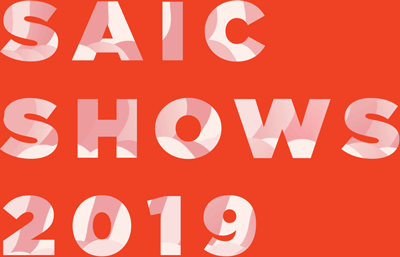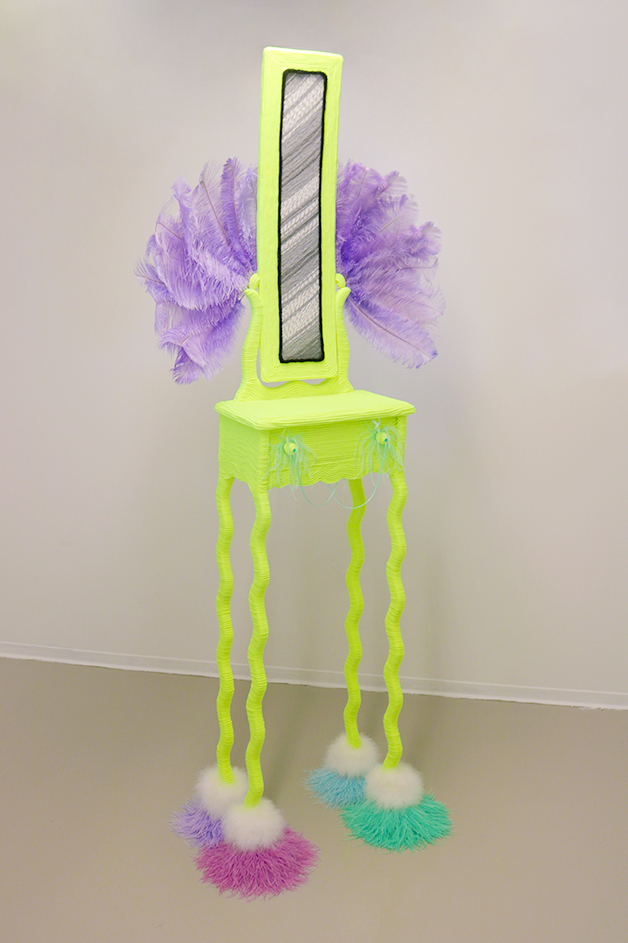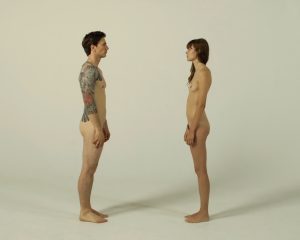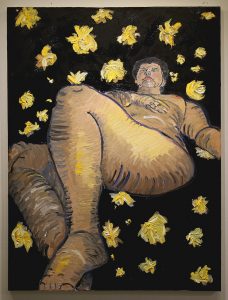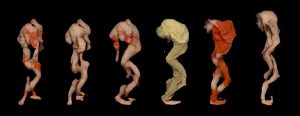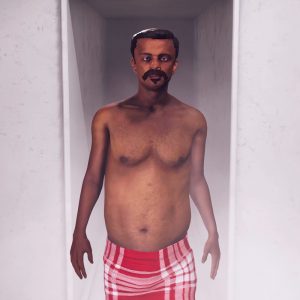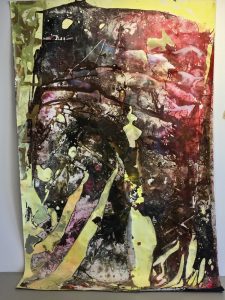Jonathan Korotko is currently finishing his MFA (2019) at The School of the Art Institute of Chicago within the Printmedia division. He has exhibited in Chicago, Milwaukee, Minneapolis, and South Korea including The Chicago Art Department, and CICA Museum of Contemporary Art in Gimpo, South Korea. In 2019, Jonathan curated an exhibition entitled (dis)comfort zones: Underrepresented and Invisibility in the Institution, which was held at Carroll University in Waukesha, WI. Additionally, he will have residences at Ox-Bow School of Art, Franconia Sculpture Park, and Laumeier Sculpture Park, all in 2019.
I am an artist who works with fiber in sculptural form. In my current practice, I examine the intersections of aesthetics coming from my own familial history and what an empowering queer aesthetic might look like today. As a maker, I think of ways to allow people to connect to a sense of political agency and community through aesthetic form. My understanding of aesthetics and taste are very personal. I look to my grandmother, who in her time was an extreme personality. She smoked out of an extender, always had a drink in had, wore mismatched colors and patterns, and donned feather boas instead of scarves. She helped me understand that dressing and one’s style serves as a very personal way of asserting agency. When looking at my process, I begin with the interior spaces and domestic objects from my childhood that may appear mundane but for me have always held a sense of poetics and beauty within them. I am interested in ways objects can be just as influential as people in one’s coming of age. I draw or sketch as a way to remember and re-imagine these objects as fabulous and living up to their full potential. Moving into making sculptures, I use materials that represent my grandmother’s sense of flair and what some might consider her “bad” taste. I want people to think about the significance of style as part of political mobilization in queer history. I’m interested in camp aesthetics as a form of play that distorts traditional norms of appearance. My work mimics spaces and objects that are traditionally associated with certain gender norms and class, in order to create a new sense of opulence and whimsy. By doing this, I embrace the aesthetics that have empowered me in my queer youth. I want viewers—especially young viewers—to feel empowered. I was drawn to and identified with certain objects: flamboyant ones, feminine ones. If viewers see my objects and are drawn to them, I want the viewer to feel affirmed in their desires or fantasies. There is no shame in this.
 Keep it Between You and I (A Private Occasion) Yarn, pom-poms, turkey feathers, ostrich feathers, sequins, beads, styrofoam- 5ft x 13ft x 5in- 2018
Keep it Between You and I (A Private Occasion) Yarn, pom-poms, turkey feathers, ostrich feathers, sequins, beads, styrofoam- 5ft x 13ft x 5in- 2018 Show Me (I'm Asking For It) Wood, ostrich feather, turkey feathers, sequin, yarn, string, pearl beads- 3.5 ft x 2 ft x 6 in- 2018
Show Me (I'm Asking For It) Wood, ostrich feather, turkey feathers, sequin, yarn, string, pearl beads- 3.5 ft x 2 ft x 6 in- 2018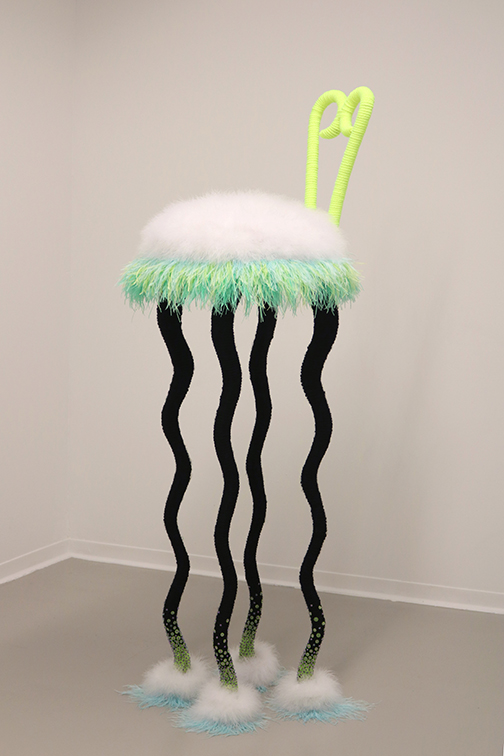 Perched, and In-Waiting Wood, yarn, ostrich feathers, turkey feathers, sequins, glass beads- 2ft x 5ft x 2.5ft- 2018
Perched, and In-Waiting Wood, yarn, ostrich feathers, turkey feathers, sequins, glass beads- 2ft x 5ft x 2.5ft- 2018